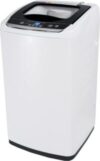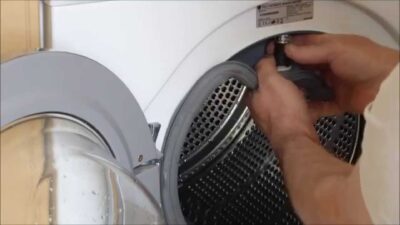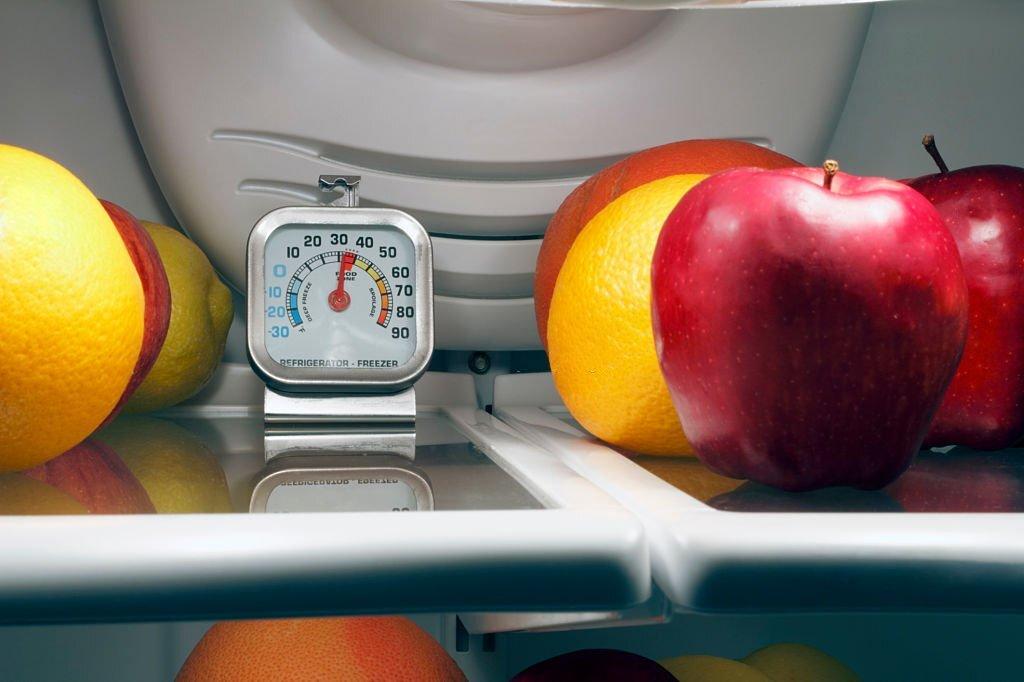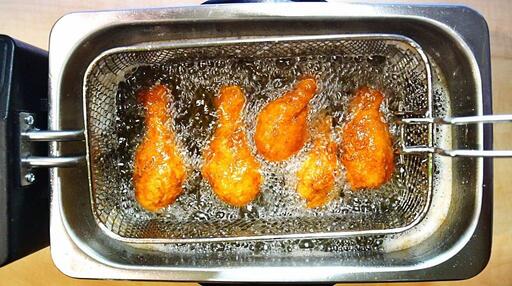How does an ice maker work? Ice makers are the most convenient for making ice cubes in this modern era and give you large quantities of ice cubes in a short time.
Ice makers work on the simple principle of adiabatic cooling. The refrigeration components increase the pressure, which elevates the temperature and turns the fluid into gas. Then, the gas is condensed and turned to liquid releasing the pressure through the inlet valve Thus, reaching the freezing point and making the ice cubes.
The wide variety of ice makers for your home, restaurants, bars, stadiums, and hotels saves your time and gives you the desired ice cubes instead of the old-time freezers where you need to fill the trays and wait for long hours to get the ice.
While using these ice makers, you must wonder about the working of the ice machine—the ice-making system and components.
So, here is an article to inform you in detail about the working mechanism of ice makers and components of ice machines, which play a crucial role in making ice cubes.
Components of icemaker
The components upon which an ice maker works include the following:
- The Compressor
It increases the pressure, which ultimately increases the temperature of the ice machine, making it super-heated, turning the fluid into gas.
- The Condenser
The condenser in an ice machine cools down the extremely heated vapor from the compressor and converts it into a high-pressure liquid.
- The Expansion Valve
It allows expansion, removes the pressure from the refrigerant, and converts the liquid into vapors.
- The Evaporator
It produces cold air, which is the freezing point of the icemaker, where the ice is formed.
Working of an ice maker
The following steps are involved in the working of ice makers:
- Opening of water valve
The icemaker starts its cycle when you plug in the switch, and the current passes through it. As the current passes, it opens the water valve for about seven seconds. During these seconds, the ice mold is filled with water to form the ice cubes.
- Thermostat activates
As soon as the ice cubes are formed, a built-in thermostat activates and gives a signal of the formation of the ice cubes, and a heated coil starts working to soften the edges of the ice cubes in the molds.
- Formation of ice cubes
Now, the motor becomes activated and spins the shaft. The ejector blades pull the ice cubes out of the tray into the ice bin. While filling the ice bin, the shut-off arm is raised to stop the ice-making cycle.
Once the ice bin is filled, the shut-off arm is pulled down to start another cycle.
Different types of ice makers
Ice makers have different types based on their working mechanism.
- Portable Ice Makers
These ice makers work differently from ice machines. All you have to do is fill the water manually due to the absence of the water line. The freezing process completes within minutes, and the ice cubes are poured into the ice bin.
The portable opal 2.0 ice makers are best for nuggets ice production.
- Commercial Ice Makers
The ice makers are used at restaurants, bars, and hotels to produce large quantities of ice in less time. They work differently from portable ice makers.
The water pump collects the water from the collection sump and pours it on the tray, which later freezes in layers forming clear ice instead of cloudy ice usually formed in house ice machines.
Various best undercounter ice maker machines and countertop ice makers are used for commercial purposes.
- Flake ice makers
Flake ice makers work on the same principle as other ice makers, but these ice machines have an additional function.
After making the ice cubes, these ice machines crush the ice into smaller particles or chunks of different sizes by the ice cutter.
This crushed ice is used in different smoothies and frozen drinks like other ice cubes used in cold beverages and Chick-Fil-A ice used in nuggets.
FAQs
Do I need a water line for the ice maker?
If you have an undercounter and refrigerant icemaker, you must need a water line for proper drainage.
Moreover, The countertop ice makers do not need a water line because they are portable and are filled manually.
How do ice makers make ice in the freezer?
Ice Makers make ice in the freezer by collecting the water from a sump and pouring it onto the tray inside the ice machine, which makes the ice cubes and stores them in the storage bin.
Is Ice Makers worth it?
Ice makers are worth it because of their incredible work. If you want perfect crystal clear ice cubes in a large quantity and want to free yourself from the hustle of filling trays and putting them in the refrigerator, then you must go for icemakers.
How does an ice maker make ice?
An ice maker makes ice by passing through the refrigeration components, which include the compressor, the condenser, the expansion valve, and the evaporator.
The evaporator is the freezing point and leads to ice formation in the ice maker.
Conclusion
Ice makers work by the ice machine condense, compressor, inlet valve, and evaporator. These components help in the formation of ice cubes.
To avoid any problem in your ice maker, clean your frigidaire ice maker regularly and handle it carefully.






